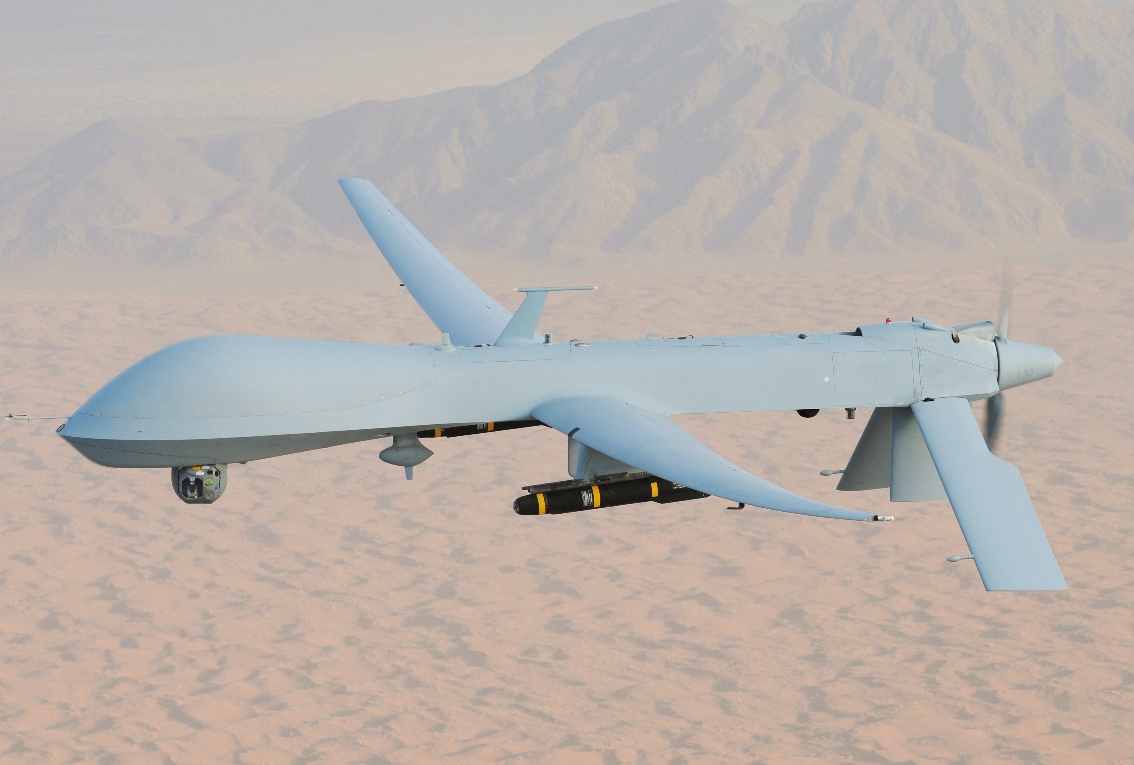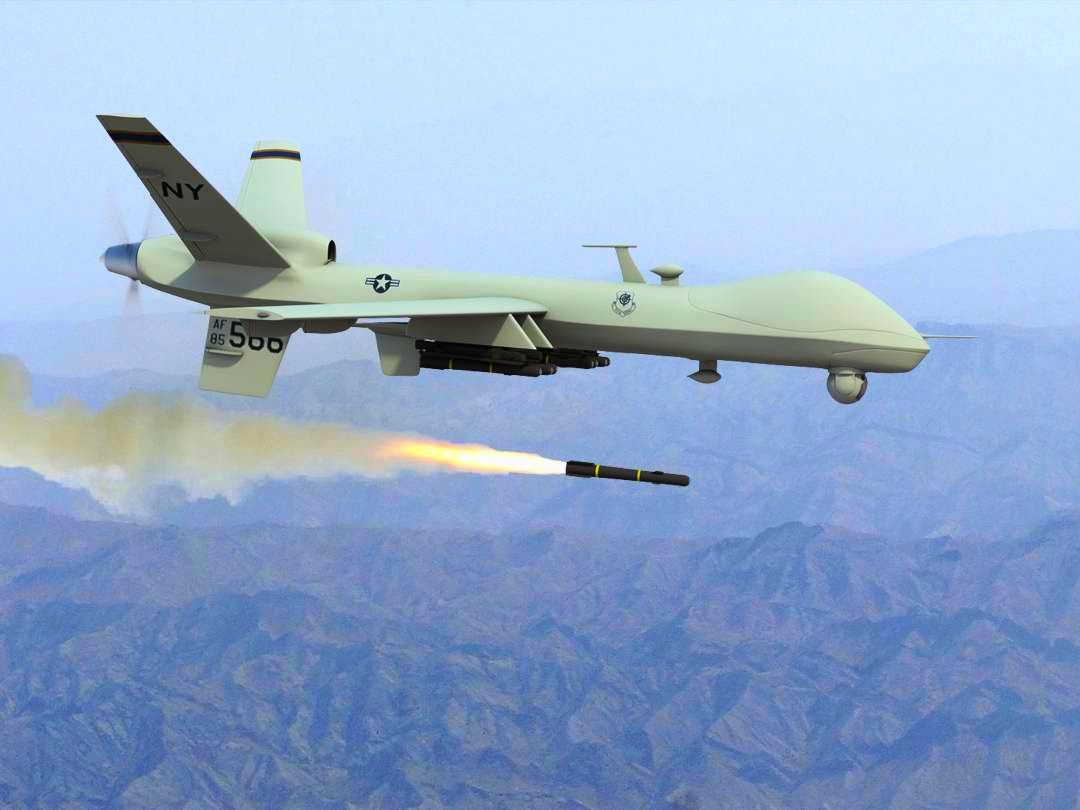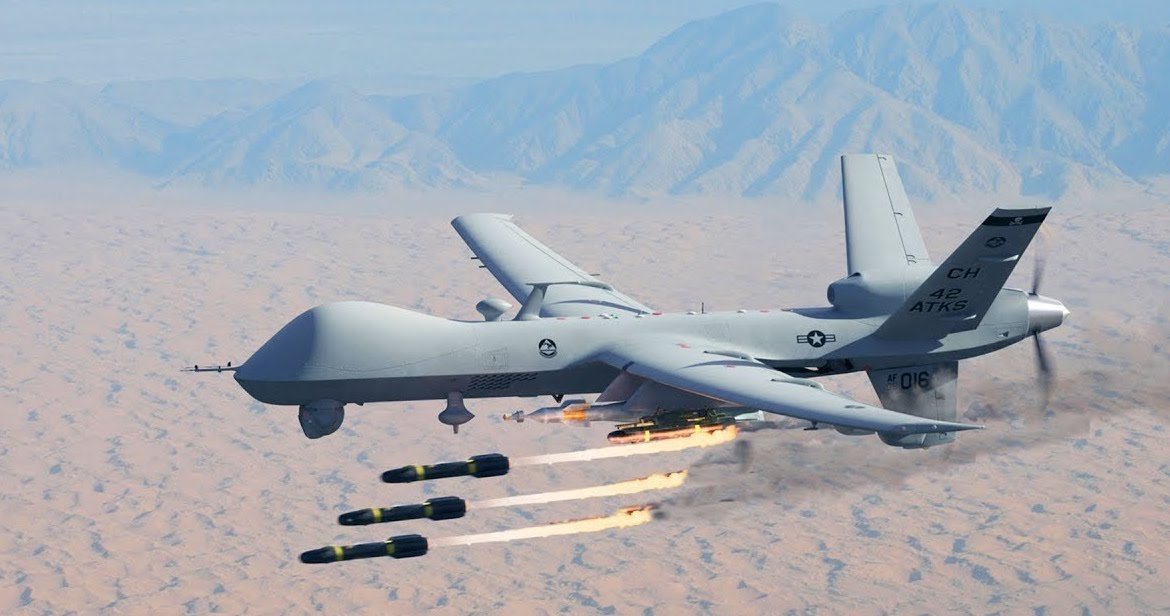India has temporarily suspended plans to acquire lethal Predator armed drones from the US. India is willing to focus on local development of armed drones, instead of the exorbitant costs that may have sunk the agreement.

[toc]
Predator Drone Deal
According to Hindustan Times, a top South Block official who requested anonymity said, “As of now, the Predator deal is off.”
PM Narendra Modi visited General Atomics Chief Executive Officer Vivek Lall on September 23, 2021.
“Drones are an upcoming sector in India and it is of particular interest to the youth. Interacted with Mr. Vivek Lall of General Atomics Global Corporation and spoke about how India is ushering a paradigm shift in drones policy, seen in our PLI (Production-Linked Incentive) scheme and reform measures,” Modi tweeted after the meeting.
According to Lall, US businesses see India as a really attractive investment opportunity. “There are a lot of potential areas of collaboration that we are in discussions with. I think, US companies and many of my colleagues in US companies see India as a very promising destination,” he was quoted as saying by India media. According to news agency PTI, Lall said that a “dedicated drone hub can be created in India to support the entire ecosystem of drones”.
The Indian Navy already has two MQ-9B SeaGuardian drones on lease from General Atomics to improve maritime vigilance. The armed forces finalized a contract for the purchase of 30 MQ-9B drones, 10 for each branch, after being pleased with its operational performance.
A $3B Defense Contract
A $3 billion tri-services contract for 30 MQ-9Bs is now in the pipeline. Once integrated, these combat drones are likely to improve the Indian military’s offensive and surveillance capacities.
The Indian military’s drones are built for ISR (Intelligence, Surveillance, and Reconnaissance) operations rather than direct combat. The MQ-9Bs would be the first tri-services aircraft to be purchased. General Bipin Rawat, the Chief of Defense Staff (CDS), is in charge of maintaining successful tri-service integration.
The Cabinet Committee on Security (CCS), India’s leading body on national security concerns, will have to grant the ultimate approval for acquisition after the Defense Acquisition Council (DAC) has given its approval.

With the anticipated introduction of the MQ-9Bs, India would become the first non-NATO nation to get these combat drones from the United States. India originally expressed interest in purchasing MQ-9Bs in 2019, when the Trump administration authorized the transaction.
These drones, sometimes known as Reaper or Predator-B, have been deployed in combat zones by the US military and the Central Intelligence Agency (CIA).
On January 3, 2020, Iran’s Major General Qasem Soleimani, the commander of the Islamic Revolutionary Guards Corps’ Quds Force, was assassinated in a US drone strike at Baghdad’s international airport.
The Predator and Reaper drones are frequently confused, and as a result, they are employed interchangeably. General Atomics designed the first Predator, which was known as the MQ-1. The Predator drone was its common name. After destroying multiple high-value targets with its surface-to-air missiles, this remotely operated weapons system swiftly earned a dangerous notoriety.
The Reaper MQ-9, sometimes referred as the Predator B and bearing an eerie similarity to the Predator MQ-1, succeeded the Predator MQ-1. This caused a lot of misunderstanding. They are, nevertheless, two separate systems.
The MQ-1 Predator
Predator drones were used by the 11th and 15th Reconnaissance Squadrons of the United States Air Force. The delivery of 268 Predator drones to the US Air Force was completed in March 2011. In January 2005, the Italian Air Force purchased a half-dozen Predator drones, which were sent to Iraq. In 2015, GA-ASI handed over the final two Predators to the Italian Air Force.
Since 1995, Predator drones have been used to help NATO, UN, and American soldiers in Bosnia’s combat zones. These unmanned combat aerial vehicles (UCAVs) were also used in Afghanistan during Operation Enduring Freedom and Iraqi Freedom.
In February 2001, the Hellfire-C laser-guided missile was successfully launched from the Predator at Nellis Air Force Base in Nevada.

In November 2002, the Predator drone was launched in combat operations in Yemen, where it was employed to unleash Hellfire missiles after a successful evaluation. This weapon system was used to destroy a civilian vehicle suspected of harboring terrorists.
A Northrop Grumman Bat submunition was effectively dropped in August of that year, and a FINDER mini-UAV war was launched from a Predator drone.
The USAF secured 36 more MQ-1B Predators outfitted with Hellfire missile installation kits in September 2007, and as previously stated, the final MQ-1 Predator was inducted in March 2011. However, by March 2018, the entire predator fleet of the United States Air Force had been retired. The MQ-9 Reaper drone became the service’s principal combat drone after that.
The MQ-9 Reaper
After the USAF awarded a new contract for the UCAV’s system design and development (SDD) in March 2005, the MQ-9 Reaper evolved from the Predator MQ-1. The 42nd Attack Unit was the first MQ-9 Reaper squadron in the United States Air Force, based at Creech Airforce Base in Nevada.
In 2007, the Reapers were sent to Afghanistan, where they engaged in precision bombings, and later to Iraq in 2008. The US Air Force dispatched Reaper drones to Romania in January to conduct ISR flights in support of NATO.
The Reapers have a 27-hour endurance and a maximum take-off weight of 4.7 tons, which is more than four times the Predator’s capability. The Reaper has a weapons payload capacity of more than one ton, allowing it to carry up to four Hellfire missiles and two 227-kilogram bombs on the very same operation.

This is far more than the initial Predator’s two Hellfire missile capacities. Personnel on the ground operate the Reaper and its predecessor via satellite data links.
The MQ-9B SeaGuardian is the maritime version of the Reaper, which was leased to the Indian Navy as part of an emergency acquisition. This version of the Reaper is designed for anti-submarine warfare (ASW) and maritime reconnaissance.
It might also be used to identify underwater mines, according to General Atomics. The MTOW and operating endurance of the SeaGuardian variant are higher than those of its sister model. The marine combat drone can operate for up to 40 hours and lift off with a payload of 5.6 tons.
Delays
The acquisition of the killer drones that India wants has been delayed significantly. The cost of the agreement and the duration of the process are the two key factors.
India needs greater clarification on the contract because the price of this deal under the US’ foreign military sales (FMS) program is relatively expensive.
India is said to have wanted further information on the exact price, the knowledge transfer that the deal will entail, and the drone repair and maintenance infrastructure that will be established in India.
The second reason is that the procedure is lengthy. The acquisition pact will be moved to the Defense Acquisitions Council, led by Defense Minister Rajnath Singh, for “acceptance of necessity” when the Defense Acquisitions Council receives relevant insights into the agreement’s contents.
After then, the country will send an actionable Letter of Request to the US administration, who will then have to react with a Letter of Offer and Acceptance and notify the US Congress. The formal contract will be signed after this.

Since the majority of the conversations have already occurred, this procedure should have moved along quickly, but that is certainly not the case. According to the Times of India, after a 15 percent downpayment, the remaining balance is paid in instalments over a period of 5 or 6 years.
Why are they important for India?
Currently, India’s armed forces lack capable combat drones. In terms of military drone technology, the country has been technologically a decade behind Pakistan and is far behind China.
India’s indigenous UCAV projects, such as the Ghatak, are still long way under the aegis of the Defense Research and Development Organization (DRDO).
The purchase of combat-proven Predator MQ-9s from the United States is expected to fill this vacuum in the inventory, especially as Pakistan looks to Turkey for combat drones. In the 2020 Nagorno-Karabakh War, Turkish combat drones played a pivotal role, shifting the world military focus to drone warfare.
The introduction of the MQ-9 Reaper would improve the offensive capability of the Indian armed forces. Most crucially, the Indian military would be able to conduct pinpoint strikes across the de facto border in Kashmir on terrorist hideouts and launchpads.
These drones could also be used on the Ladakh border, where Indian and Chinese forces have been at odds for over a year. Additionally, the Indian Navy might use them as a reconnaissance and attack capability against any Chinese PLA Navy (PLAN) misadventure in the Indian Ocean Region (IOR).
“The involvement at the highest level for what appears to be the acquisition of UAV-related technologies is suggestive of a realization of our increasing vulnerabilities gap. It’s hoped that the significant software and skill capabilities of Indian industries could be leveraged to build future platforms and weapon systems,” says Rear Admiral Vineet Bakhshi (Retd).
